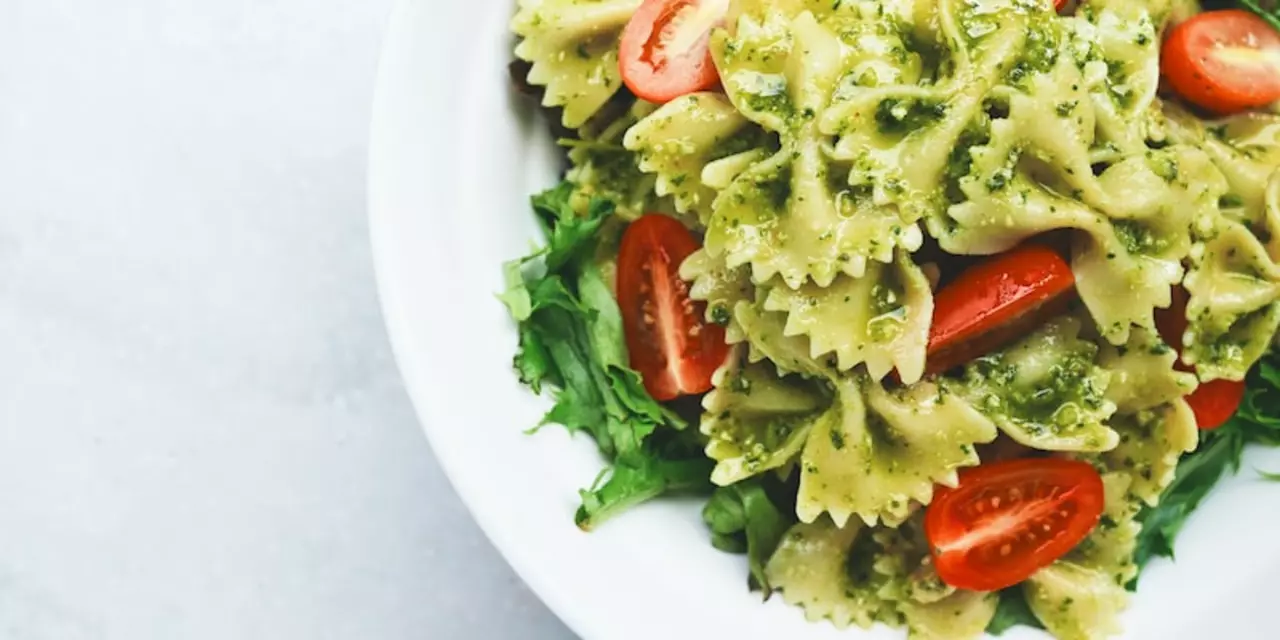Ready to Eat: Simple, Tasty Solutions for a Hectic Day
If you’re juggling work, school, or family duties, the last thing you want is to spend hours in the kitchen. Ready‑to‑eat foods can save you time while still delivering flavor and nutrition. In this guide we’ll show you how to pick the best products, add a personal touch, and keep your budget happy.
Choosing Smart Ready‑to‑Eat Products
Start by reading labels. Look for items with whole‑grain bases, real veggies, and limited added sugars. A good rule of thumb is: the fewer ingredients you can pronounce, the better. Also, compare protein and fiber content—these keep you full longer, so you won’t reach for extra snacks.
Don’t forget portion size. Many pre‑packaged meals claim to be “single‑serve” but actually contain more calories than a typical dinner. Check the serving information and adjust with a side salad or fruit if needed.
Easy Hacks to Upgrade Your Ready‑to‑Eat Meals
Even the simplest microwave bowl can feel fresh with a few tweaks. Add a handful of fresh herbs, a squeeze of lemon, or a drizzle of olive oil to boost flavor without extra work. Throw in frozen peas or corn for extra veggies; they heat up in seconds.
If you like a crunch, sprinkle toasted nuts, seeds, or crunchy roasted chickpeas on top. This adds texture and a protein boost that transforms a bland packet into a satisfying dish.
For sandwich lovers, swap plain bread for a whole‑grain wrap or a toasted English muffin. Layer with avocado, sliced tomato, and a dash of hot sauce for a quick, balanced lunch that feels homemade.
When you stock your pantry, keep a few staples handy: canned beans, ready‑made salsa, instant rice, and pre‑cut veggies. Mixing these with a ready‑to‑eat protein (like grilled chicken strips) gives you endless combo possibilities.
Meal planning doesn’t have to be elaborate. Pick three to five ready‑to‑eat items each week, pair them with fresh sides, and you’ll have a week’s worth of meals ready in minutes. This method cuts down on grocery trips and reduces food waste.
Finally, pay attention to pricing. Generic brands often match the taste of name‑brand meals at a lower cost. Compare unit prices and buy in bulk when you find a sale—just make sure you have space to store the extra packs.
Ready‑to‑eat doesn’t mean sacrificing health or flavor. By reading labels, adding simple upgrades, and balancing with fresh foods, you can enjoy quick meals that keep you energized and happy throughout the day.
Are 'Ready to Eat' Indian food products too unhealthy?
This article discusses the healthiness of Indian ready-to-eat food products. The article argues that many of these products are unhealthy due to their high levels of saturated fat and sodium, as well as the lack of dietary fibre. It also examines the potential health risks posed by these products, including increased risk of cardiovascular disease and diabetes. Finally, the article looks at possible solutions, such as increasing the availability of healthier alternatives and educating consumers about making healthier choices. In conclusion, the article suggests that Indian ready-to-eat food products are too unhealthy and steps must be taken to make them healthier.
More